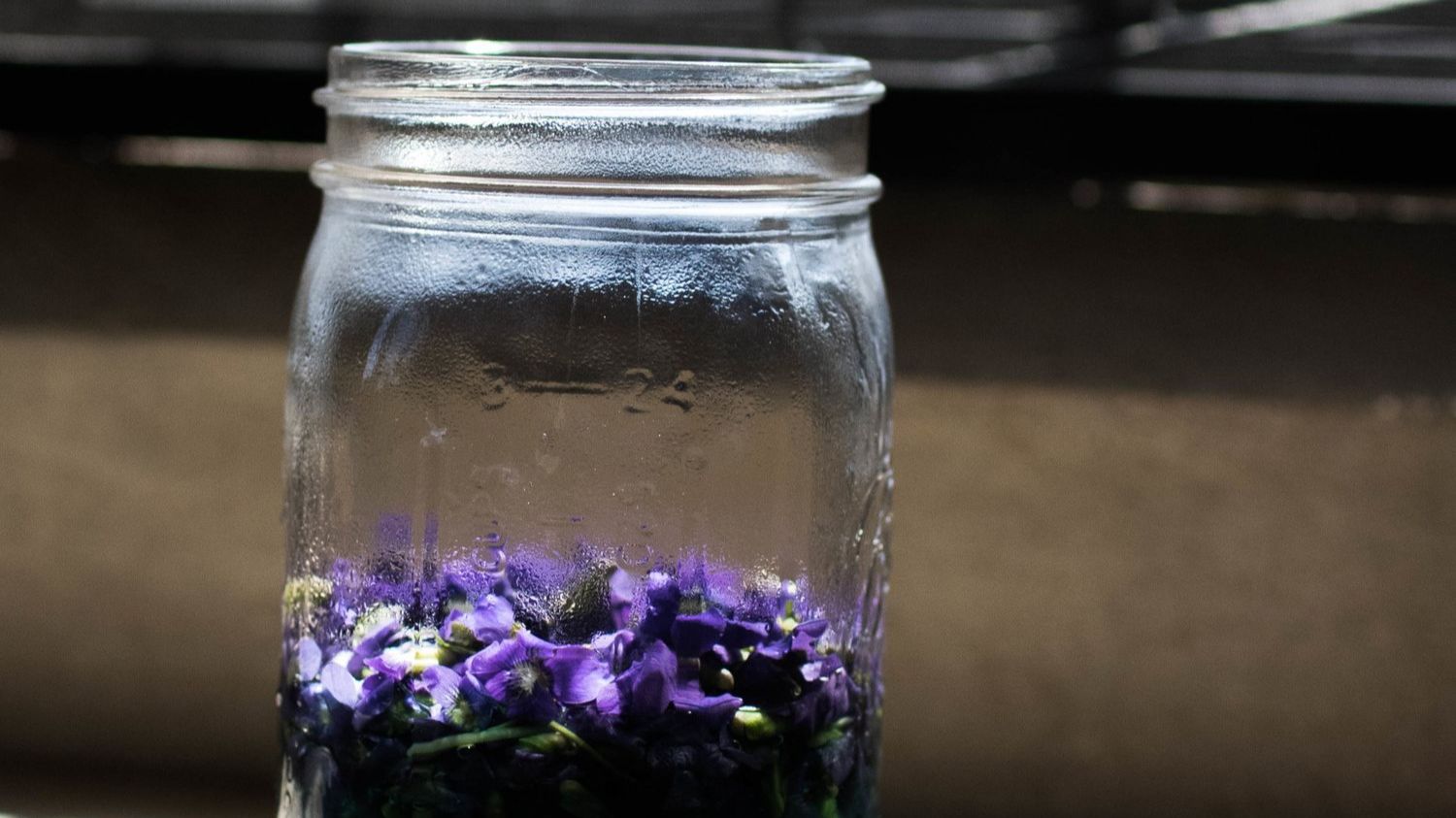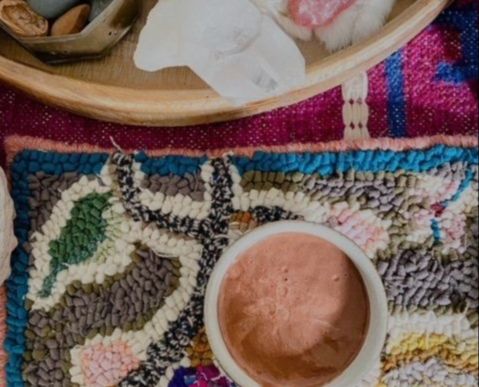Wild Spring Edibles. A Starter Guide.
Jan 28, 2025
This week, I've felt the arrival of spring in my bones and breath. The moment I stepped outside, the air carried the unmistakable whisper of life returning. With each inhale, I could taste the earth stirring beneath my feet, awakening from its winter slumber. The birds weave their songs through the morning air, a testament to the greening world around us. The scent of tender shoots and fresh growth fill my senses—nature's invitation to witness this ancient cycle of renewal. Each year, this season awakens something deep within me, reminding me of our interconnectedness to the land.
For those who walk the plant path, Spring is a sacred time, calling us to step into the wild and unite with the gifts of the land. There's something profound about foraging for plants that nourish and heal—a practice that connects us to countless generations before us. While the act itself is simple, it requires both knowledge and deep reverence to do it well.
Spring offers its medicine generously, much of it growing right outside our doors. In the coming days, I'll introduce you to some of these green allies—their stories, their healing gifts, and ways to work with them in your kitchen and medicine cabinet. Each plant has something to teach us, if we approach with an open heart and careful attention.
Remember that every leaf, flower, and root is part of nature's intricate web. When we gather with gratitude and consciousness, we participate in an ancient exchange that nourishes both the land and our spirits.
Here are some guiding principles for honoring the plants, the earth, and the wisdom of the elements as you gather medicine:
Know the Plants
Before picking, take the time to learn the name and nature of each plant. Be certain of its identity before harvesting. Carry a trusted field guide, like Peterson’s Edible Wild Plants, as your companion. A true herbalist listens to the plants and respects their individuality—this starts with knowing their stories.
Honor Abundance
Nature gives generously, but we must take mindfully. Only gather where the plants grow in abundance, leaving more than half behind so they may continue to thrive. The health of the earth depends on our restraint and respect.
Protect the Vulnerable
Endangered plants have their own sacred work to do, and it is not ours to take them from their homes. Let them be, and seek other allies instead. United Plant Savers is a wonderful resource for learning which plants are at risk and how we can support their survival.
Ask Permission
Before harvesting, pause and ask the plant if it is willing to offer itself to you. This may sound strange to some, but it’s a practice that deepens connection and honors the life force within all living beings. Plants may not speak in words, but when you quiet your mind and open your heart, you’ll feel a knowing—a yes or no—that guides you. This takes practice, but trust the wisdom that comes to you.
Give Back to the Earth
When you take from the earth, offer something in return. Many Elders from most of the traditions I’ve been with leave a sprinkle of tobacco or another offering as a gesture of gratitude and balance. You might leave a prayer, a song, or simply your heartfelt thanks. This exchange reminds us that we are part of the web of life, not separate from it.
Spring brings forth a bounty of wild edibles, many of which grow right outside your door.
May the budding earth remind you of the beauty of reciprocity, the joy of connection, and the sacred rhythm of life.
Mama Flowers
Chickweed (Stellaria media)
-
Nutritive herb containing Vitamin C, calcium, phosphorus, potassium, chlorophyll, as well as many other beneficial nutritious minerals.
-
Can be topically applied as a poultice to areas of inflammation to draw the heat and swelling out.
-
Speeds the recovery of wounds when applied topically.
-
Diuretic causing increased passing of urine
-
Astringent causing contraction of the body's tissue
-
Demulcent so it relieves inflammation and irritation of mucous membranes
-
Taken as an edible preparation it can help cool a fever
-
Helps soothe bites and stings
-
Helpful in soothing gastritis, IBS, gastric ulcers, and other gastrointestinal issues
Violet Flower (Viola)
-
Contains Vitamin C
-
Alterative.
-
Stimulating liver, lymph, and bowel function
-
Antibacterial
-
Lymphatic tonic
-
Historically used in treatments with various types of cancers
-
Antifungal
-
Nourish the senses.
-
Syrup soothes throat, coughs, and digestive complaints in children.
-
A splash of syrup in some chamomile tea at night can help with insomnia, nightmares, and general sleep troubles.
-
Anti inflammatory.
-
The oil or syrup nourish and heal the sensory organs.
Nettle (Urtica dioica)
-
Nutritive. Rich in chlorophyll, calcium, magnesium, amino acids, and trace minerals.
-
Helps to stabilize blood sugar.
-
Reduce fatigue and exhaustion.
-
Aquaretic (non irritating potassium sparring diuretic.
-
Highly recommend for the pregnant and lactating woman. I drank this after my first child and would infuse my nettles in a mason jar of hot water overnight. In the morning I would strain it, put it the fridge, and drink it throughout the day. It was extremely refreshing, helped my milk be more abundant and rich, and gave me an almost surreal kind of energy that made my days blissful.).
-
Blood and skin tonic
-
Raises low hemoglobin levels
-
Seed is nourishing to kidneys
-
Makes hair thick, darker, grow, and shine when used as a hair rinse.
-
Helps heal and strengthen bones.
-
Strengthens thin skin.
Dandelion (Taraxacum officinale)
-
Nutritive contains Vitamin B complex, C, D, carotenoids, and various minerals.
-
Topically applied as an infusion to your skin, Dandelion flowers assist with lightening freckles and age spots, soothing insect bites and sunburn.
-
Regular use can lower triglycerides and LDL/VLDL cholesterol levels
-
Sap can be used to help dissolve warts.
-
The leaves are used as a bitter tonic.
-
Leaf is an aquaretic (non irritating potassium sparring diuretic.
-
Flowers nourish the liver and the eyes.
-
Flowers infused into oil are helpful in easing mastitis and lymphatic congestion.


